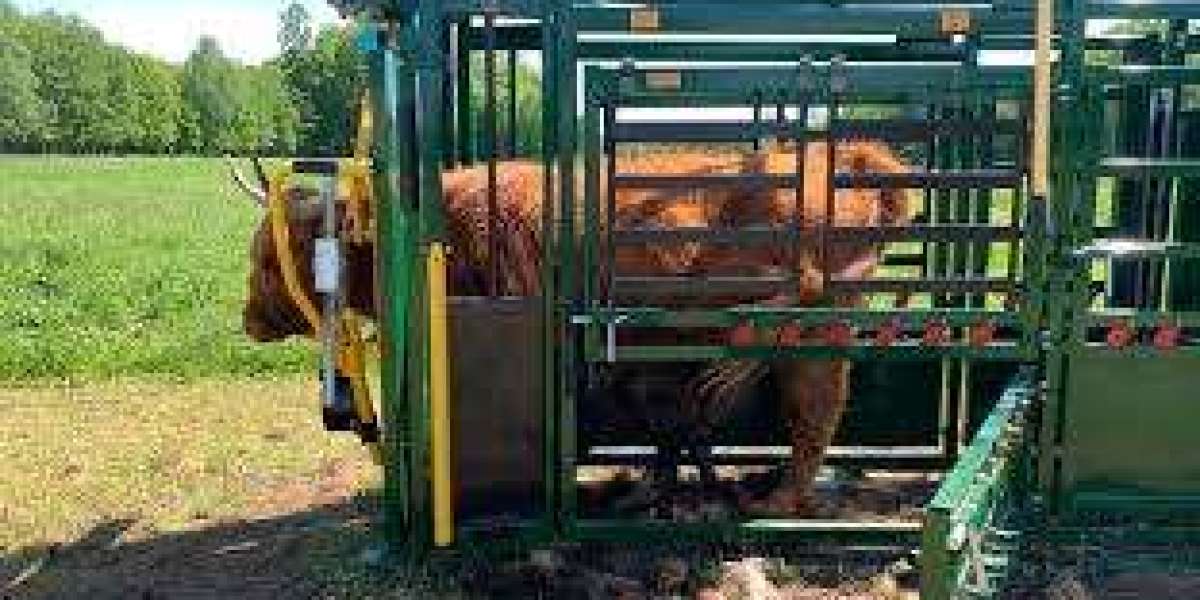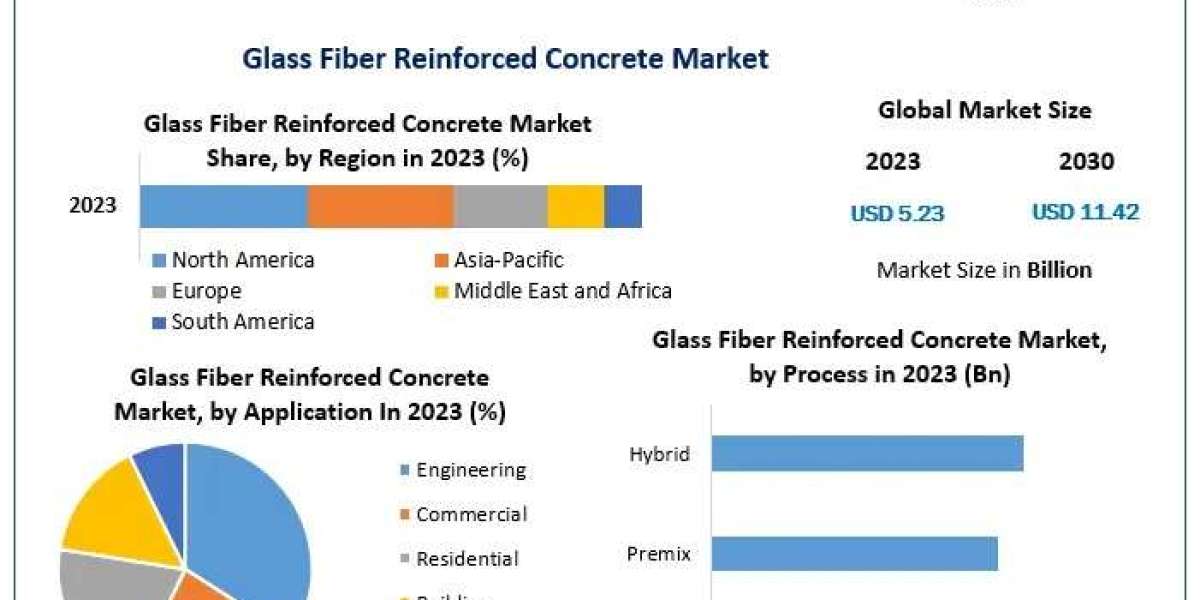The cattle squeeze market is undergoing a significant transformation, driven by the integration of smart technologies such as the Internet of Things (IoT) and Artificial Intelligence (AI). These advancements are reshaping livestock handling practices, enhancing efficiency, animal welfare, and overall farm productivity.
1. IoT Integration in Cattle Handling
IoT devices, including sensors and smart tags, are revolutionizing cattle management by providing real-time data on various parameters such as animal behavior, health metrics, and environmental conditions. These devices collect data on factors like body temperature, activity levels, and feeding patterns, transmitting this information to centralized systems for analysis.
For instance, wearable sensors like smart collars and electronic ear tags enable continuous monitoring of cattle, allowing farmers to detect early signs of illness or distress. This proactive approach facilitates timely interventions, reducing the risk of disease spread and improving overall herd health.
2. AI-Driven Predictive Analytics
AI algorithms analyze the vast amounts of data collected through IoT devices to identify patterns and predict future events. In cattle handling, AI can forecast potential health issues, optimal breeding times, and the best moments for medical interventions.
Machine learning models, such as Support Vector Machines (SVM), Random Forests, and Deep Neural Networks, have demonstrated high accuracy in detecting anomalies in cattle behavior and health indicators. For example, studies have shown that SVM models can achieve over 90% accuracy in identifying health issues based on sensor data, enabling farmers to take preventive measures promptly.
3. Automation in Cattle Handling Systems
The integration of IoT and AI has led to the development of automated cattle squeeze systems that require minimal human intervention. These systems can adjust settings based on real-time data, such as restraining force or duration, to ensure optimal animal handling conditions.
Automation reduces labor costs, minimizes human error, and enhances consistency in cattle handling procedures. Additionally, automated systems can operate continuously, increasing throughput and allowing farmers to manage larger herds more efficiently.
4. Enhanced Animal Welfare
Smart cattle squeeze systems are designed with animal welfare in mind, utilizing data-driven insights to minimize stress and discomfort during handling. For example, real-time monitoring allows for adjustments to be made to the system to accommodate individual animal needs, such as reducing pressure or altering restraint duration.
Furthermore, AI algorithms can detect signs of stress or illness in cattle, prompting immediate attention and care. This proactive approach not only improves animal welfare but also contributes to higher-quality meat and dairy products by maintaining healthier livestock.
5. Data-Driven Decision Making
The wealth of data generated by IoT devices and analyzed by AI systems empowers farmers to make informed decisions regarding herd management, breeding, feeding, and health interventions. This data-driven approach leads to optimized resource allocation, improved productivity, and cost savings.
For example, predictive analytics can help farmers determine the most cost-effective feeding schedules and identify the best times for veterinary care, leading to better overall herd management and profitability.
6. Market Growth and Adoption
The adoption of smart cattle handling technologies is accelerating, with the global cattle squeeze chute market projected to grow from $3.89 billion in 2023 to $7.03 billion by 2033, reflecting a compound annual growth rate (CAGR) of 5.8% .
This growth is fueled by the increasing demand for meat and dairy products, the need for efficient livestock management, and the rising awareness of animal welfare. Regions such as North America and Europe are leading in the adoption of smart cattle handling systems, while emerging markets in Asia-Pacific, Latin America, and Africa present significant growth opportunities .
7. Challenges and Considerations
Despite the promising advancements, several challenges hinder the widespread adoption of smart cattle handling technologies. The high initial investment required for advanced systems can be prohibitive for small-scale farmers, particularly in developing regions. Additionally, the need for specialized training and maintenance can pose barriers to implementation.
To address these challenges, manufacturers are developing cost-effective solutions and offering financing options to make smart cattle handling systems more accessible. Moreover, partnerships between technology providers and agricultural organizations are facilitating knowledge transfer and capacity building among farmers.
8. Future Outlook
The future of cattle handling lies in the continued integration of IoT and AI technologies, leading to fully automated and intelligent systems capable of real-time decision-making and adaptive responses. As these technologies evolve, they will enable farmers to achieve higher levels of efficiency, sustainability, and animal welfare.
Furthermore, the expansion of 5G networks and advancements in cloud computing will enhance the connectivity and scalability of smart cattle handling systems, facilitating their adoption in remote and underserved areas.
Conclusion
The integration of IoT and AI into the cattle squeeze chute market is revolutionizing livestock handling practices, offering significant benefits in terms of efficiency, animal welfare, and farm productivity. As technology continues to advance and adoption increases, the future of cattle handling looks increasingly intelligent and automated, paving the way for a more sustainable and profitable livestock industry.








